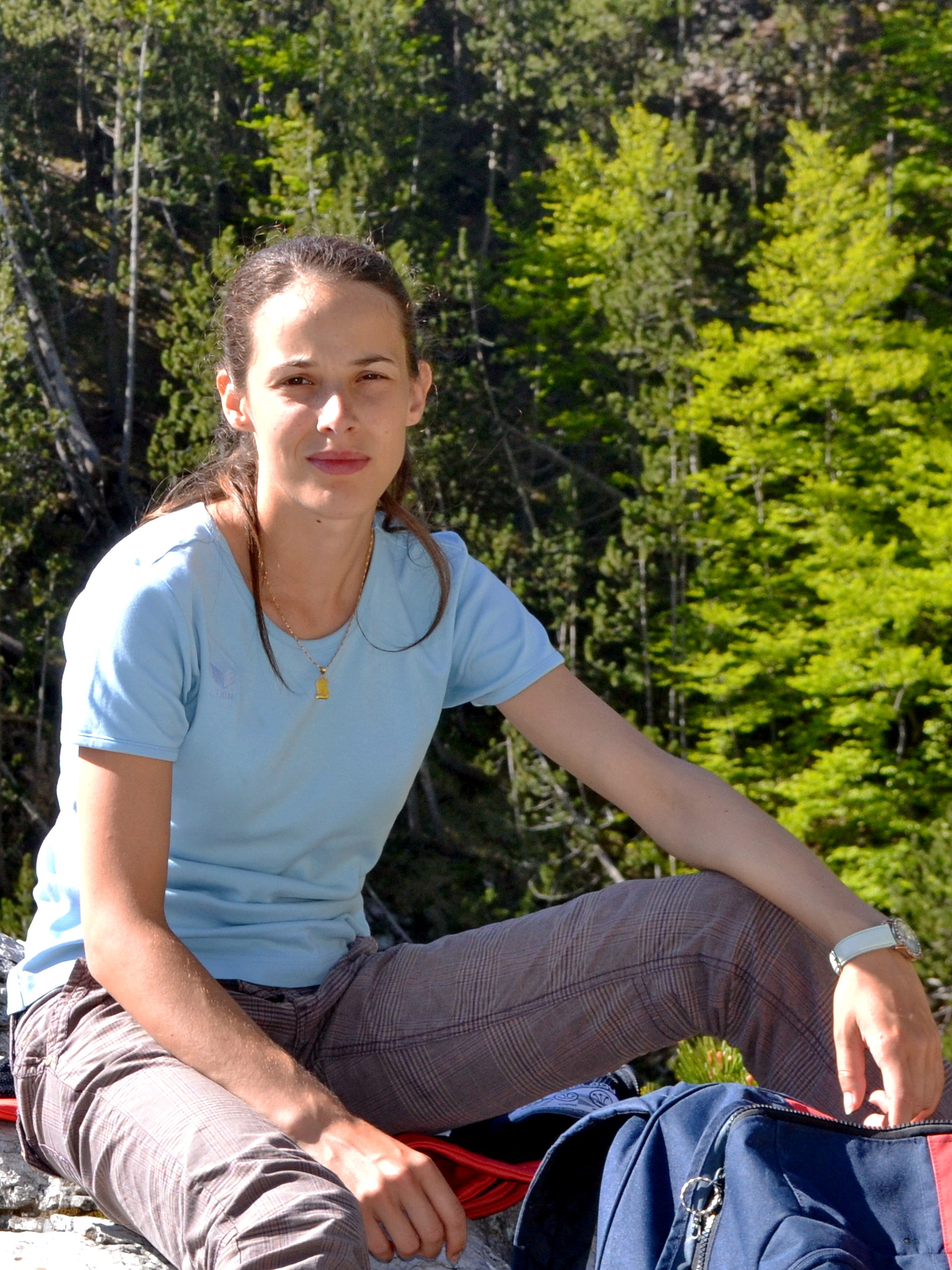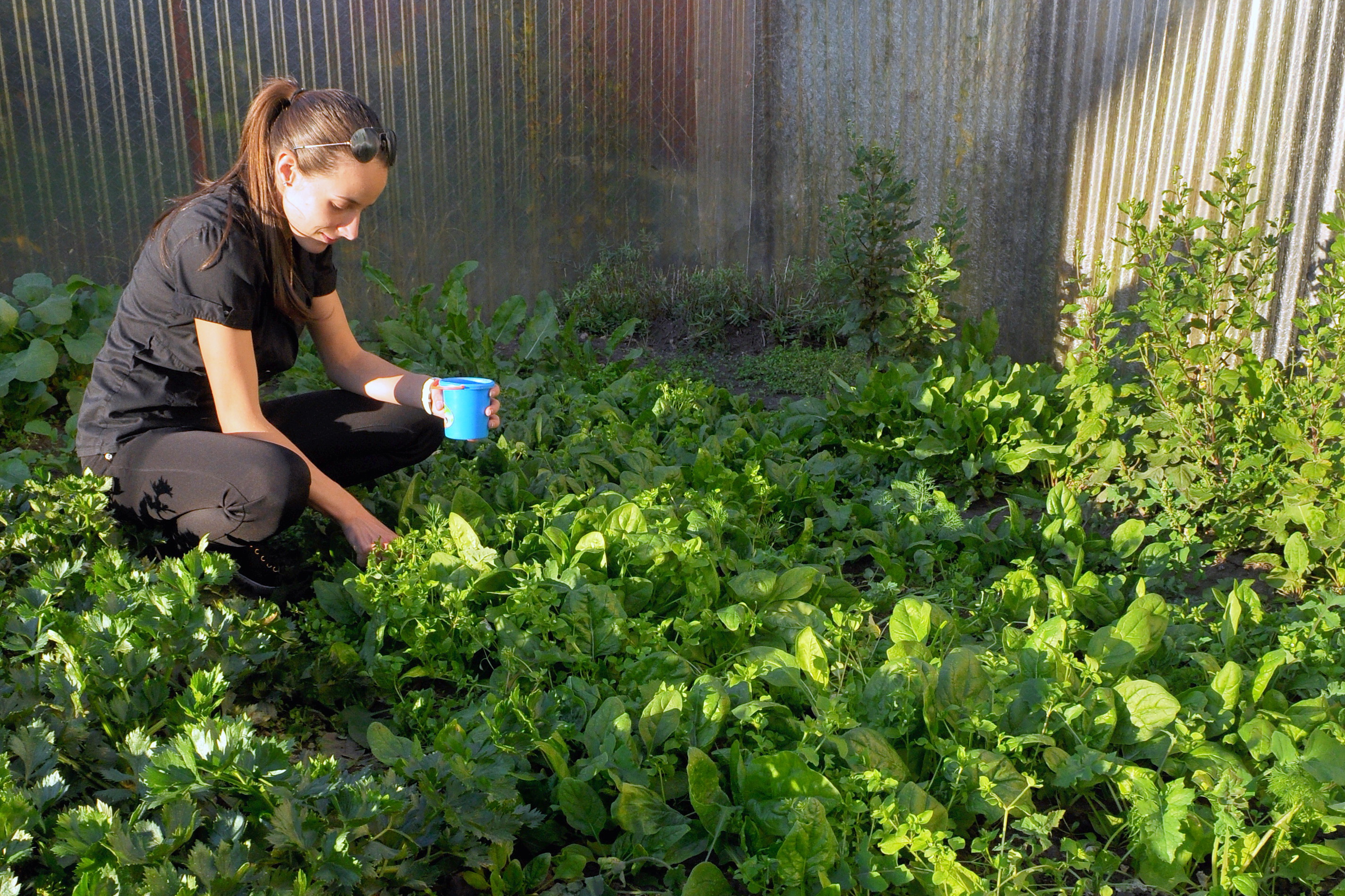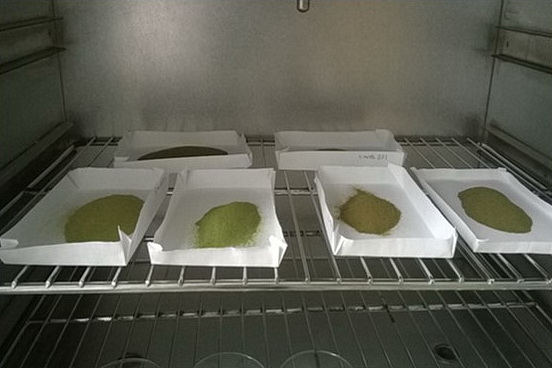Home / Research with students /
26/06/2016
Comparative study of the chemical composition of the spinach cultivated in Transylvania
Student: Kántor Izolda, BSc, 3rd year
Scientific advisor: Zsigmond Andreea-Rebeka, PhD, assistant professor
 Nowadays we pay much attention to the healthy nutrition. Vegetables are used as staple foods, they are considered as protective supplementary foods, because they contain large quantities of vitamins, trace elements and dietary fibers. Leafy vegetables may contain significant amounts of toxic metals, because they take up metals not just from soil, but also they are able to accumulate them through their leaves from the deposited dust.
Nowadays we pay much attention to the healthy nutrition. Vegetables are used as staple foods, they are considered as protective supplementary foods, because they contain large quantities of vitamins, trace elements and dietary fibers. Leafy vegetables may contain significant amounts of toxic metals, because they take up metals not just from soil, but also they are able to accumulate them through their leaves from the deposited dust.
In many countries as well as in ours, there is a well rooted tradition of cultivating vegetables and fruits in gardens found in both small and major localities. Usually the gardiners sell their products on the market places. Because the quality of these products is not periodically tested, there is a risk of contamination with toxic elements when these foods are consumed.
Considering these facts, our aim was to assess the elemental composition of the spinach grown in Cluj-Napoca, and to determine its health risk effect to the humans by consuming it. We chose three areas for comparison. Through our research 34–34 spinach and soil samples were analyzed: 11 from Cluj-Napoca, 7 from Mănăstireni and its surroundings, 10 from Cristuru-Secuiesc and 6 from Sânmartin. For each garden we applied the random sampling method, and then the cleaned, dried, grinded and sieved samples were digested with a mixture of nitric acid and hydrogen-peroxide. Elemental analyses were done by ICP-OES technique.
Our results showed that the soils from the four localities are not contaminated with toxic metals, with only few exceptions like copper, lead and zinc. In 6% of the samples the concentration of these metals slightly exceeded the addmisible level for sensible soils set by the Romanian government. Meanwhile the mercury, a potentially toxic element, was not detectable in any of the sampes.
As the soils were not contaminated with metals, we expected that the spinach samples will not contain elevated levels of toxic elements. These samples had arsenic, lead and mercury concentration under the detection limit of the instrument. Cadmium, another potentially toxic metal had levels under 0.2 mg/kg, the upper limit value given by the European Union for this element in foods. The risk assessment was done relying on the hazard index (HI). Neither of the samples had HI value greater than the safe limit, so that we can state that the consumption of spinach from the four studied areas is considered safe for the human health, with regard to the metal content.
Meanwhile is noteworthy to mention some qualities of the spinach related to its geographical provenience. For example the spinach cultivated in the two localities of Harghita County were the richest in calcium, magnesium and iron, on the other hand the spinach cultivated in Mănăstireni was the most abundant in phosphorus and molibdenum. The characteristic value of the spinach cultivated in both cities (Cluj-Napoca and Cristuru-Secuiesc) was the highest concentrations of sodium and cadmium. The scientific literature states that 10–30 mg/kg is the average iron concentration of the spinach. In our study we found that the iron concentration of the spinach cultivated in Sânmartin is above the average (30–50 mg/kg), the spinach cultivated in both Cluj-Napoca and Cristuru-Secuiesc had average iron level, and the spinach coming from Mănăstireni is the poorest in iron (9–14 mg/kg).












